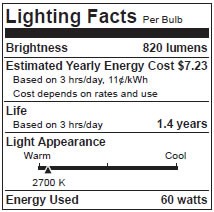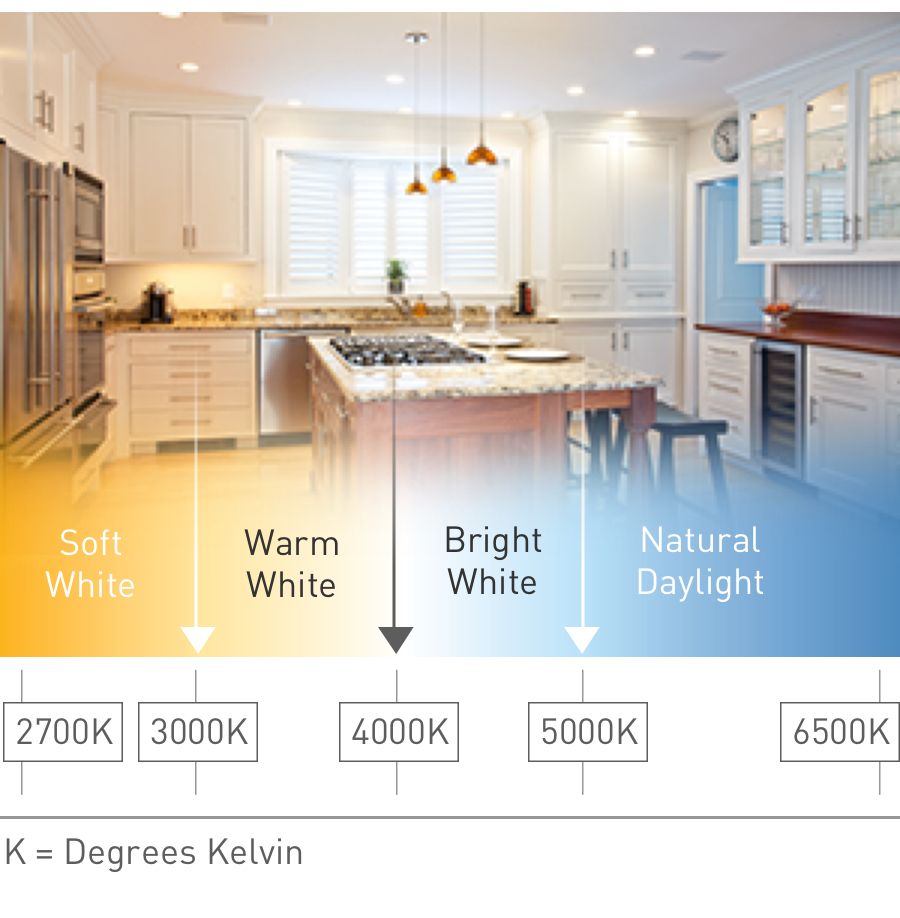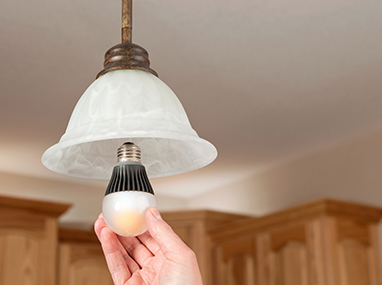A new era of lighting has been ushered into our homes, and with it comes new terms that some of us have yet to wrap our minds around. Have you ever gone in to a local store to purchase new lights for your home and given up because you didn’t know what a lumen was? If so, this article will bring some things to light for you!
For years consumers knew which bulb they wanted based on the bulb’s wattage. Then came Compact Fluorescents (CFLs) and Light Emitting-Diodes (LEDs), which use one-quarter of the energy used of its conventional counterpart. In 2011, the Federal Trade Commission enacted that bulb manufacturers post “Lighting Facts” on the packaging of bulbs, similar to Nutritional Facts found on packaging of food products. The lighting facts would include lumens, energy costs, the bulb’s life expectance, light appearance, and wattage.

Of all the facts presented on the Lighting Facts label, Light Appearance will be most beneficial in determining which color the light will render. In the Light Appearance portion of the label, the horizontal line with warm on the left and cool on the right indicates the tint of the light. So in this instance, the triangle indicates the bulb illuminates at 2700K (Kelvin), meaning the light will have a yellow tint to it. The further to the right the triangle shifts, the cooler or bluer coloration the tint of the light will have.



